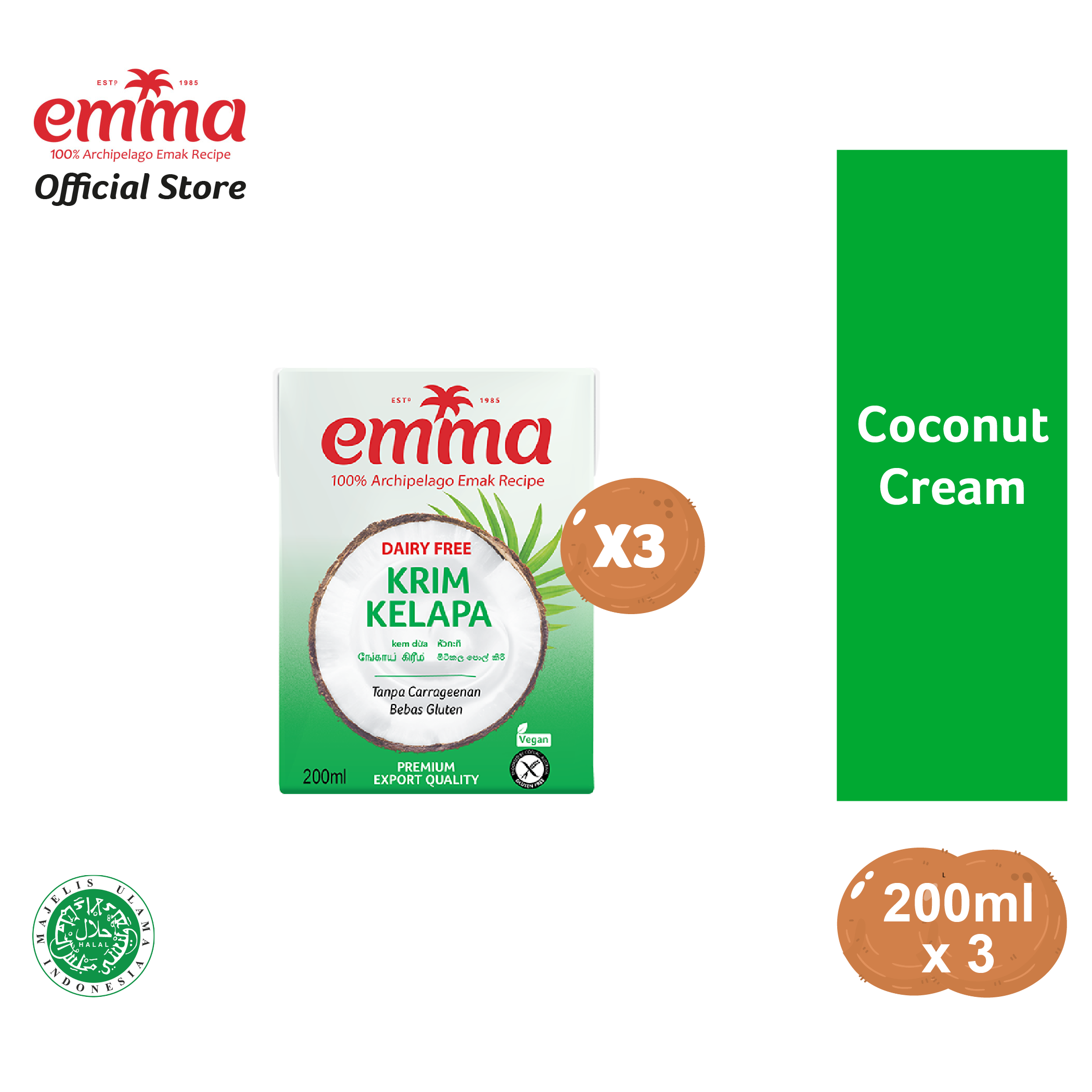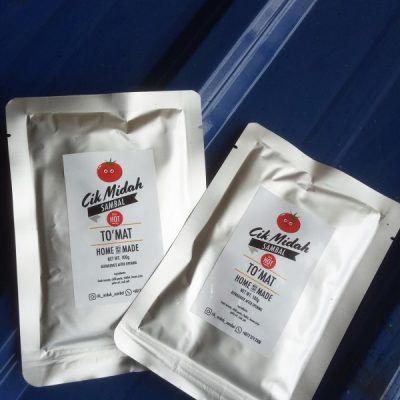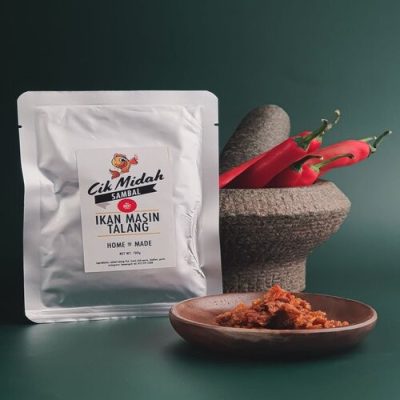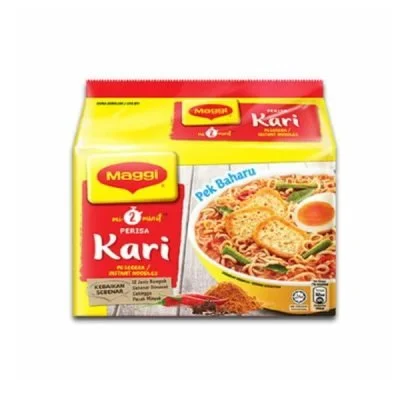No products in the cart.
Join Our WhatsApp Community and Enjoy Exclusive Benefits!
Click Here
Join Our WhatsApp Community and Enjoy Exclusive Benefits!
Click Here
Join Our WhatsApp Community and Enjoy Exclusive Benefits!
Click Here
Emma UHT Coconut Cream 200ml x 3 packets - MY Delivery
£2.00 £1.80
29 people are viewing this product right now
Coconut cream possesses a thick and luscious consistency, bursting with flavour, making it an exceedingly valuable component for your culinary collection. Its potential stretches beyond merely enhancing the taste and mouthfeel of desserts; this ingredient has the capability to swiftly elevate the quality of smoothies, dips, and sauces. Furthermore, coconut cream frequently finds its place in numerous keto-friendly recipes due to its low-carbohydrate and high-fat nutritional composition.
Emma UHT Coconut Cream is produced in a clean and safe environment using advanced technology.











Coconut cream is a rich and creamy liquid extracted from the flesh of mature coconuts. It is a common ingredient in many cuisines, especially in tropical regions where coconuts are abundant. Coconut cream is known for its smooth texture and strong coconut flavour, and it’s widely used in both sweet and savoury dishes.
Here’s how coconut cream is typically obtained and used:
- **Extraction:** Coconut cream is extracted from the grated flesh of mature coconuts. The flesh is usually mixed with water and then strained to separate the liquid from the solids. This liquid is allowed to settle, and the thick creamy layer that rises to the top is the coconut cream. This process can also be done using a mechanical press or specialized equipment.
- **Consistency:** Coconut cream is thicker and richer than coconut milk. It contains less water and more coconut solids, giving it a higher fat content and a more intense coconut flavour. The exact consistency can vary depending on the brand and how it’s produced.
- **Cooking and Baking:** Coconut cream is used in a variety of dishes. In savoury dishes, it’s often used to add richness and depth of flavour to curries, soups, sauces, and stews. In sweet dishes, it’s used in desserts like coconut-based puddings, custards, ice creams, and cakes. It can also be used as a dairy-free alternative in recipes that call for heavy cream.
- **Beverages:** Coconut cream can be used to make creamy and flavourful beverages like piña coladas, smoothies, and tropical cocktails.
- **Canned Coconut Cream:** Coconut cream is commonly available in cans or tetra packs at grocery stores. Canned coconut cream usually has a high fat content, and it’s separated into a solid layer and a liquid layer due to its natural separation. This separation doesn’t affect the quality; it’s just a result of the coconut cream’s composition.
- **Storage:** Once opened, canned coconut cream should be refrigerated. It’s also a good idea to store any unused portion in an airtight container to prevent it from absorbing any odors from the fridge.
- **Whipping:** Coconut cream can sometimes be whipped to create a dairy-free whipped cream alternative. To whip coconut cream, it’s important to chill the can in the refrigerator overnight, scoop out the solidified cream that rises to the top, and then whip it until it reaches a fluffy consistency.
Keep in mind that the terms “coconut cream” and “coconut milk” are sometimes used interchangeably, which can cause confusion. However, they do have distinct differences in terms of thickness and fat content. Always check the label or recipe to ensure you’re using the right ingredient for your intended dish.
In summary, coconut milk is a versatile and flavourful ingredient that plays a significant role in many cuisines around the world, adding a delightful coconut essence to a wide range of dishes.
| Weight | 0.45 kg |
|---|---|
| Dimensions | 7 × 9 × 9 cm |
Be the first to review “Emma UHT Coconut Cream 200ml x 3 packets - MY Delivery” Cancel reply
This site uses Akismet to reduce spam. Learn how your comment data is processed.
Related products
People also bought
Our Services

Authentic Malaysian Products
Select from over 700 Halal & Muslim Malaysian Products.
Secure Payment
Safe & Secure Payment
Support 24/7
Whatsapp 24 Hours Day
SPECIAL PRODUCT
Smoked Beef in Spicy Turmeric Curry (180gm) By Lambaian Rizqi Resources - UK Delivery
Rated 0 out of 5
0 Days
0 Hours
0 Minutes
0 Seconds

























Reviews
There are no reviews yet.